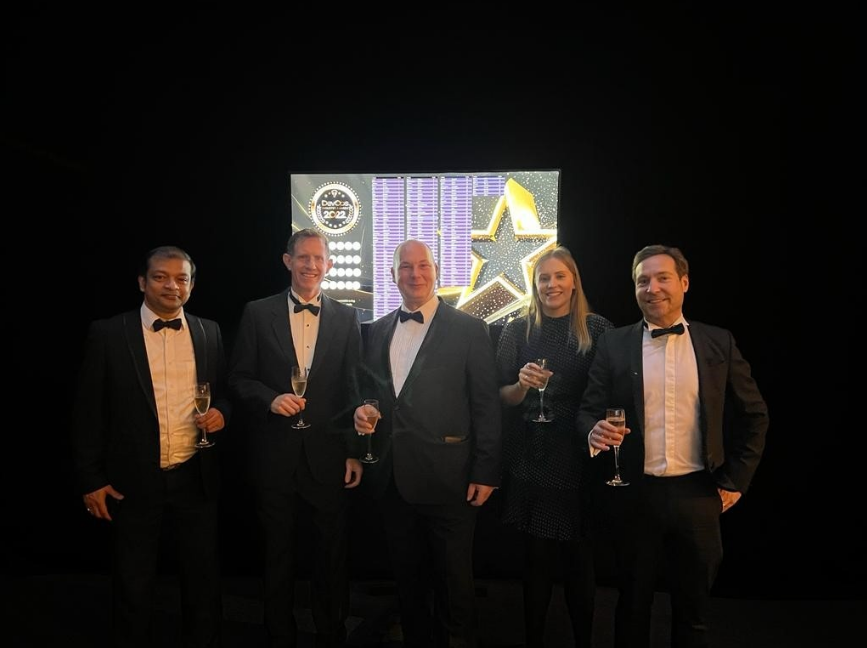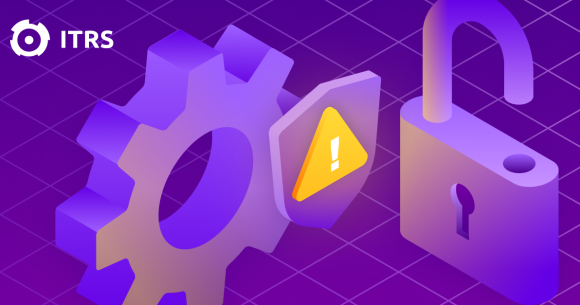How to improve the DevOps and monitoring relationship
DevOps brings many benefits to monitoring, from improved visibility to alert “noise” reduction, but there are some barriers that need to be addressed.
DevOps, where development and operations teams work as one, is quickly becoming a best practice for many organisations, as it increases the speed at which applications and services are delivered. The DevOps lifecycle allows for increased productivity because the quicker you get on with the next change required, the more you can achieve with the same resources.
In a nutshell, DevOps can bring the following benefits for your organisation:
· Accelerated time from production to delivery
· Improved stability and reliability of the production process and the resulting application
· Improved time to recovery after an issue is identified
· Improved collaboration between previously siloed development and operations team.
But how does DevOps benefit monitoring?
DevOps raises the maturity of the monitoring release lifecycle by turning it into a collaborative venture, where there’s constant communication between the development and operations teams.
Before DevOps, a lack of communication between the two teams could disrupt monitoring, with operations often not aware of upcoming releases and their potential impact – which could cause false alerts.
In the DevOps lifecycle, there’s a constant feedback loop between the two teams which creates improved visibility, leads to noise reduction, and enables a speedier monitoring delivery.
But there are barriers:
Barrier #1: Establishing the wrong monitoring requirements
A common issue in the process of establishing your monitoring requirements stems from a tendency for development teams to assume operational requirements, while operations teams make assumptions on the requirements needed for service and business users. Operational requirements can be overlooked, such as commands and integration with other tools. This can result in monitoring, operational and integration gaps and contribute to a blame culture within the organisation.
Solution: The way to prevent this is to ensure all stakeholders provide their requirements without making assumptions, as well as work together to establish the deliverables needed to meet them. It’s all about communication and cross-team collaboration.
Barrier #2: Inability to change monitoring
The dependencies created by DevOps can sometimes mean monitoring becomes stagnant within the organisation. This can create gaps in monitoring, operation and integration as operations teams feel they have lost the autonomy to implement changes independently and quickly.
Solution: To fix this, ensure the application and monitoring release lifecycles continue to work independently. Making a change to an application is only one of many reasons for implementing changes in monitoring – there is no need to create blockers to a process that can still be managed separately.
Barrier #3: Selecting too many, or the wrong monitoring tools
Selecting monitoring tools based solely on the development team’s language preferences, for example, without considering any operational and integration requirements can result in the implementation of a toolset that isn’t fit for purpose.
Solution: To prevent this from happening, monitoring tool selection should be a cross-DevOps decision to ensure all requirements are taken into account before implementation.
Barrier #4: Not implementing monitoring best practices
When observability requirements are designed without input from all functions, this can lead to poor best practices decisions. This can mean missed alerts and increased time to resolution. The impact of these poor practices can impact several areas, such as event management, observability, AIOps, configuration or data collection.
Solution: These all-too-common issues can only be fixed through cross-function collaboration, by ensuring DevOps stakeholders work together to provide input on requirements and establish the necessary deliverables.
DevOps and monitoring, together forever
There are two main steps you can take to ensure you reap the monitoring benefits of implementing a DevOps strategy.
1. Establish a new level of organisational and cultural maturity in your organisation. This can be achieved by establishing one set of collective results, goals and rewards across your DevOps teams, as well as shared criteria for accountability across teams. This will take time and work, and you’ll need to accept that people, processes and tools need to adapt to this change. But it will be worth it in the long run.
2.Be aware that the implementation of company-wide operational changes poses a high risk to your operational resilience. It’s not only about investing in operational changes. You’ll also need to invest in a smooth transition process that keeps your business up and running while going through those changes.
These two steps will be the decisive factors that can give you a competitive edge.
How can ITRS help?
At ITRS Group, we’re keen to share what we’ve learned from the thousands of monitoring solutions projects we’ve worked on – letting you know what worked well and what hasn’t, so you can discover the best solution for your organisation. Our in-app monitoring solution provides vendor-agnostic, code-level instrumentation libraries.
This empowers your development team to create application and business level metrics, which will reduce the amount of time an operations team needs to characterize an application and get to root cause when failures do happen.
Additionally, our approach of thoughtful metric generation helps to avoid the traditional methods of sending as much monitoring data as a developer can generate and lets the downstream users figure out what is useful or not.
DevOps2022 Awards
We are thrilled that Volvo Car UK won the DevOps2022 award for “Best DevOps Project Delivering Business Value,” which ITRS sponsored.
Also, at the event held 14 November, ITRS hosted a Credit Suisse team which won the “Most Successful Cultural Transformation” award for their work with Geneos.
 If you would like to know more about how we can help with your DevOps and monitoring needs, please click below.
If you would like to know more about how we can help with your DevOps and monitoring needs, please click below.
Learn more about DevOps and ITRS




